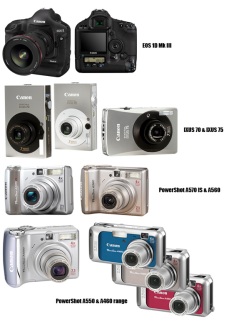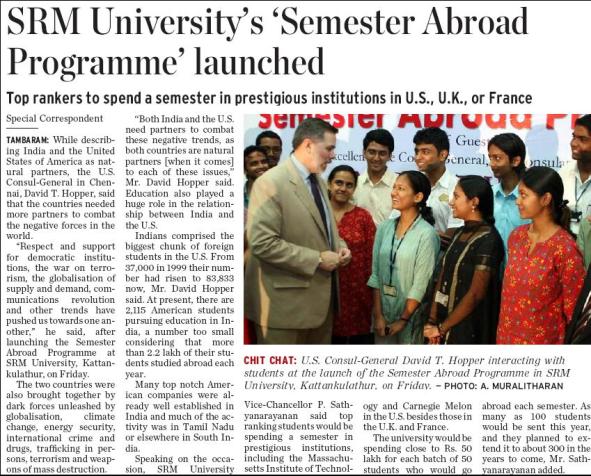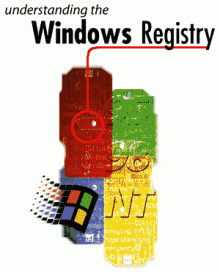
If you want to make someone or something look important, bold,aggressive, strong, or authoritative, shoot it/him/her from below.We look up to giants. Shoot a person from slightly below eye level and they look slightly domineering. This is the angle used to make politicians look more authoritative. Shoot from way below eye level, however, and the person begins to look like a bully. The same is true for a box of soap powder. Shoot from below and it stands over you like a tall building, ready to stamp out stains and decimate dirt.
Shoot from above an object or person and they look less imposing and more subordinate. Again, a slight angle causes a slight effect. A boss chastising an employee might be positioned with his eyes slightly higher than the camera while the employee’s eyes are positioned below the level of the camera.
Things that are usually bigger than us can be made to look more vulnerable as we shoot down on them. A cement mixer when shot from above looks easy to stop with a small barricade. Shoot the cement mixer from the ground and the tires appear ready to crush you. Small products like calculators, radios, and flashlights are usually seen from above, a shot that leaves them neutral or unimposing. Raise them up to eye level and they gain new stature. Notice how advertisements often depict children’s toys at eye level.
People, on the other hand, are normally seen at eye level and if shot that way, will look neutral (neither imposing or subservient). When people are seated, it is necessary to lower the camera to their eye level to avoid sending the subconscious message that they are subservient. If the camera cannot get down low enough, then build a platform to elevate your guests.
Speaking of guests, how they are positioned in the shot will also impart a hidden message about them. Seat two people directly facing each other, and they will look adversarial. This is a great shot for point/counterpoint rather than a friendly discussion. Seat both people in a straight line facing the camera, and they look like contestants in a quiz show, ready to respond from outside force rather than interacting with each other. The best position for host and guest is in a V-shape where they are angled towards each other. This shot is neutral and friendly. Remember to keep your guests and host close together on the set as TV tends to make people look more spread out than they really are.
And speaking of spread out, we have all heard how television adds pounds to a person’s girth. For the talent to look their best, you don’t want them to face the TV camera directly (they look too wide), or to be totally sideways to the camera (now you really can see those extra pounds). Again, the best shot is at an angle. The person may face the camera but their shoulders are turned 30 to 45 degrees to one side or the other.
For more camera angle ideas, go to http://www.elitevideo.com. They also sell a couple excellent instructional tapes on the subject.




